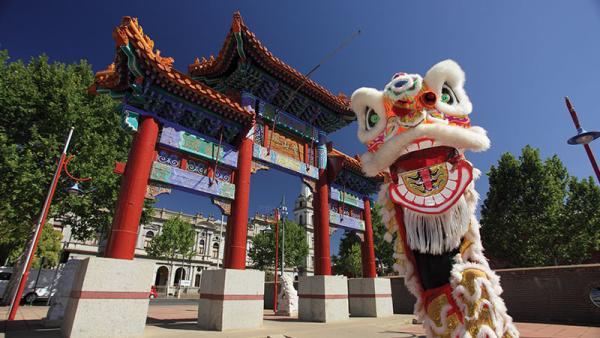The Victoria-China Economic Relationship
1. The annual value of Victoria’s goods exports to China is $4.2 billion.[1] This is –
- 1.9 times that to the U.S
- 2.2 times that to Japan
- 2.2 times that to New Zealand
2. The value of Victoria’s goods exports to China increased by $2.0 billion in the past five years. This is –
- 4.1 times that to the U.S
- 5.5 times that to Japan
- 16.9 times that to New Zealand
3. The annual value of Victoria’s agricultural exports to China is $3.0 billion.[2] This is –
- 3.6 times that to Japan
- 4.5 times that to the U.S
- 5.9 times that to New Zealand
4. The annual value of Victoria’s minerals and fuels exports to China is $222 million.[3] This is –
- 0.6 times that to Japan
- 2.5 times that to New Zealand
- 3.7 times that to the U.S
5. The annual value of Victoria’s manufactured goods exports to China is $325 million.[4] This is –
- 0.3 times that to the U.S
- 0.3 times that to New Zealand
- 2.0 times that to Japan
6. Education is Victoria’s largest export earner worth $4.5 billion.[5] There are 28,442 Chinese students studying in Victorian universities.[6] This compares with –
- 510 from the U.S
- 323 from Japan
7. Personal tourism is Victoria’s second largest export earner worth $2.8 billion.[7] There were 352,000 visitors from China in the past year.[8] This compares with –
- 287,000 from New Zealand
- 151,000 from the U.S
- 39,000 from Japan
8. Over the past five years Chinese investment in Victoria has totaled $7.0 billion.[9] This compares with –
- $13.2 billion for Queensland
- $9.8 billion for Western Australia
- $8.7 billion for New South Wales
Endnotes
[1] As of September 2014. Source – Australian Bureau of Statistics (ABS)
[2] As of September 2014. SITC categories 0,1,2 (exc. 27, 28), 4. Source – ABS
[3] As of September 2014. SITC categories 27,28,3,68. Source – ABS
[4] As of September 2014. SITC categories 5,6(exc. 68),7,8. Source – ABS
[5] As of year-end 2013. The value of education services is larger than any SITC goods category at the two digit level and any other services category. Source - Department of Foreign Affairs and Trade (DFAT), ABS.
[6] As of September 2014. Source – Australian Trade Commission
[7] As of year-end 2013. The value of personal tourism services is larger than any SITC goods category at the two digit level and follows only education services. Source – DFAT, ABS.
[8] As of July 2014. Source – Tourism and Events Queensland
[9] The figures are for 2009-2013. Source – University of Sydney / KPMG.

